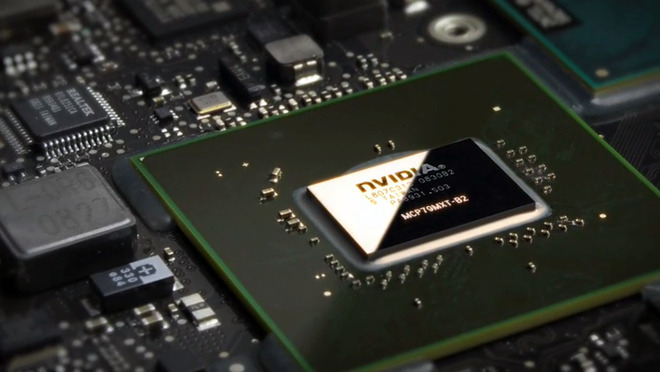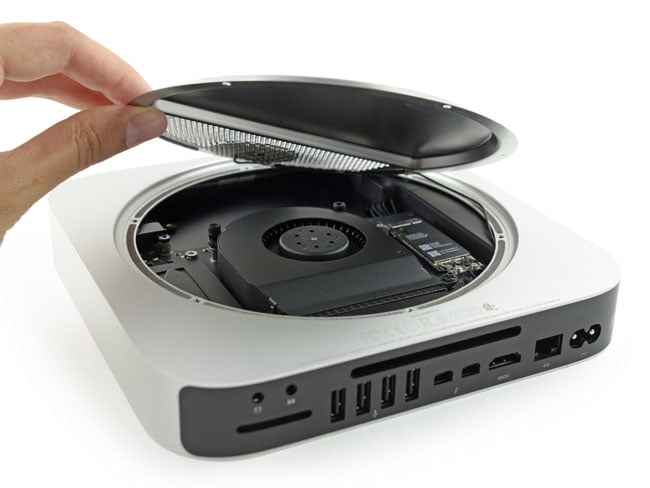FireWire is a method of transferring information between digital devices, especially audio and video equipment. Also known as IEEE 1394, FireWire is fast -- the latest version achieves speeds up to 800 Mbps. At some time in the future, that number is expected to jump to an unbelievable 3.2 Gbps when manufacturers overhaul the current FireWire cables.
You can connect up to 63 devices to a FireWire bus. Windows operating systems (98 and later) and Mac OS (8.6 and later) both support it.
FireWire is the commonly used name of IEEE 1394 which is an interface standard for serial buses for high-speed communication and isochronous real-time data transmission. It was created by Apple in the late 1980s and early 1990s. FireWire, DVI (Digital Visual Interface), and HDMI (High-Definition Multimedia Interface) are some of the digital video connections used in home theaters. HDMI is considered state-of-the-art in digital video connections. The consumer electronics industry (in association with content providers) has been working to develop digital video interconnection systems that preserve the digital signal. FireWire disk mode: Another way to use FireWire to transfer data between two Macs is to reboot one of them (not both) while holding down the T key. That Mac will start up in what Apple calls FireWire disk mode. You see a large FireWire logo dancing around your computer’s screen. Use FireWire with devices that connect using a FireWire 400 or FireWire 800 cable. Use the SD card slot with SD, SDHC, SDXC, MMC, and UHS-II media cards, such as those used by digital cameras. Learn more about power adapters and cables for Mac notebook computers.
Advertisement
Advertisement
Let's say you have your digital camcorder connected to your home computer. When your computer powers up, it queries all of the devices connected to the bus and assigns each one an address, a process called enumeration. FireWire is plug-and-play, so if you connect a new FireWire device to your computer, the operating system auto-detects it and asks for the driver disc. If you've already installed the device, the computer activates it and starts talking to it. FireWire devices are hot pluggable, which means they can be connected and disconnected at any time, even with the power on.
Now let's take a look at FireWire's specifications.
Information about these and other types of Mac ports is in the specifications for your Mac: Choose Apple menu > About This Mac, click Support, then click Specifications. Or check your Mac user guide.
Thunderbolt 3
Use Thunderbolt 3 with displays and other devices that connect using either a Thunderbolt 3 cable or USB-C cable. You can also connect a USB-C power adaptor and cable to charge your notebook computer. If you have a device that doesn't connect to this port, you might be able to use an adaptor to connect it.
These Mac models have Thunderbolt 3 ports:
- MacBook Pro introduced in 2016 or later
- MacBook Air introduced in 2018or later
- iMac introduced in 2017 or later
- iMac Pro (all models)
- Mac mini introduced in 2018
- Mac Pro introduced in 2019
If your Mac notebook or desktop computer has more than one port like this, each port supports ThunderBolt 3 and USB-C.
USB-C
Use USB-C with displays and other devices that connect using a USB-C cable. You can also connect a USB-C power adaptor and cable to charge your notebook computer. If you have a device that doesn't connect to this port, you might be able to use an adaptor to connect it.
MacBook models introduced in 2015 or later have a single USB-C port. This port doesn't support Thunderbolt devices.
If your Mac has only one port like this, it's a MacBook that supports USB-C but not Thunderbolt.
Thunderbolt
Use Thunderbolt or Thunderbolt 2 with displays and other devices that connect using a Thunderbolt cable.
These Mac models have Thunderbolt or Thunderbolt 2 ports:
- MacBook Pro introduced in 2011 until 2015
- MacBook Air introduced in 2011 until 2017
- Mac mini introduced in 2011 until 2014
- iMac introduced in 2011 until 2015
- Mac Pro introduced in 2013
Thunderbolt and Thunderbolt 2 are not the same as Mini DisplayPort . They have the same shape, but use different symbols on the cable and port. However, this port does support Mini DisplayPort for video output, so you can use a Mini DisplayPort cable to connect a Mini DisplayPort display.
Mini DisplayPort
Use Mini DisplayPort with displays that connect using a Mini DisplayPort cable.
These Mac models have Mini DisplayPort:
- MacBook Pro introduced in late 2008 until 2010
- MacBook Air introduced in late 2008 until 2010
- Mac mini introduced in 2009 and 2010
- iMac introduced in 2009 and 2010
- Mac Pro introduced in 2009 until 2012
Mini DisplayPort is not the same as Thunderbolt or Thunderbolt 2 . They have the same shape, but use different symbols on the cable and port.
USB-A

Use USB-A with devices that connect using a USB cable. USB ports are sometimes known by the USB specification of the port, such as USB 2 or USB 3.
What Is Firewire On Mac
Left to right: power, two Thunderbolt, USB-A, and Audio-Out.
HDMI
Use HDMI with displays and TVs that connect using an HDMI cable.
Ethernet
Use Ethernet with networks and devices that connect using an Ethernet (RJ45) cable.
FireWire
Use FireWire with devices that connect using a FireWire 400 or FireWire 800 cable.
SD card
Use the SD card slot with SD, SDHC, SDXC, MMC and UHS-II media cards, such as those used by digital cameras.
Audio
Use Audio-Out — or — with headphones, speakers and other audio-output devices that connect using an audio cable that has a 3.5 mm (1/8 inch) audio jack.
What Is Firewire Used For
Use Audio-In with a microphone or other audio-input device that connects using an audio cable that has a 3.5 mm (1/8 inch) audio jack.
Firewire Cable Mac To Mac
Power
What Is A Firewire

Use the power port , if available, to connect your computer to AC power using a MagSafe cable or adaptor. This port isn't available on newer Mac notebook computers, which use Thunderbolt 3 or USB-C for power and charging. Learn more about power adaptors and cables for Mac notebook computers.
Learn more
